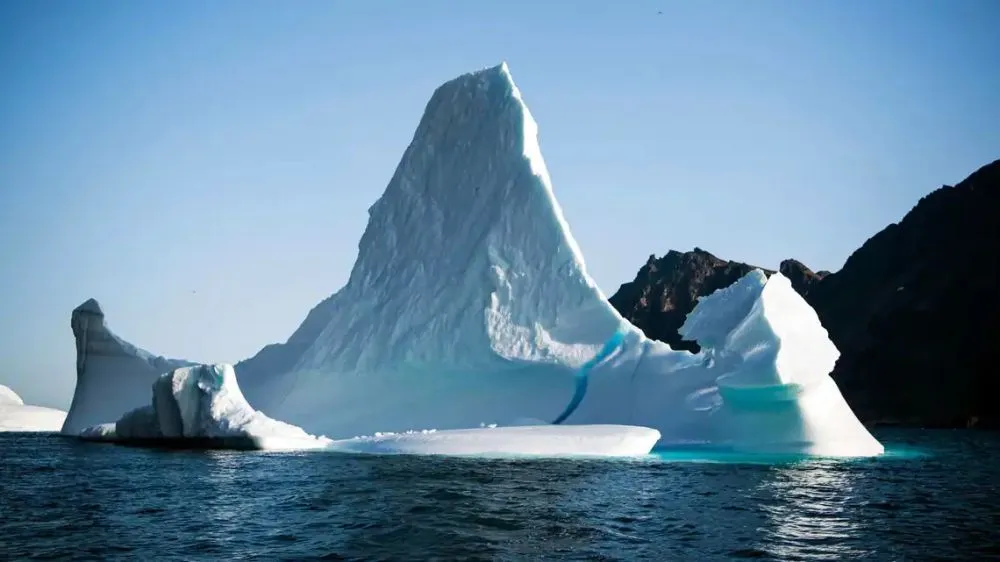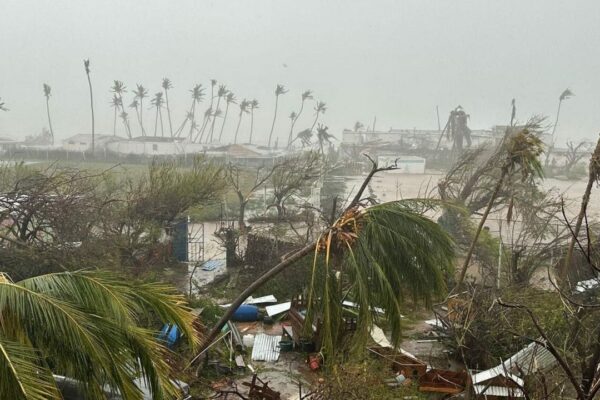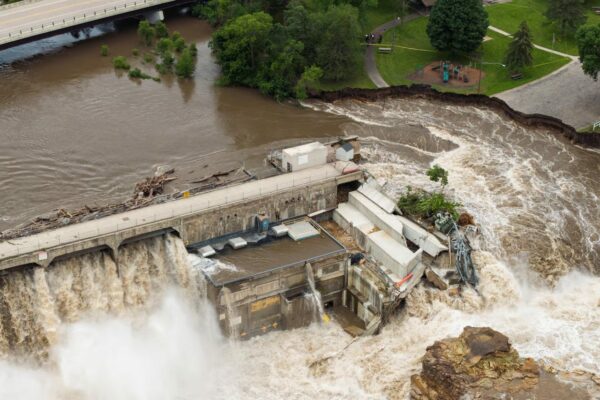Shifting Snow Patterns are Making Greenland Warmer and Darker
Shifting snow patterns are making parts of the Greenland ice sheets warmer and darker, according to new research. The decline in the amount of fresh, light-colored snow exposes older, darker snow on the surface of the ice sheet.
The consequential decline in reflectivity, known as albedo, causes the ice to soak up more heat that contributes to faster melting. Published in Geographical Research Letters, the study attributed this decrease in snowfall to a weather phenomenon called ‘atmospheric blocking’.
According to Erich Osterberg, associate professor of earth sciences at Dartmouth and the principal investigator of the study,
As snow ages, even over hours to a few days, you get this reduction in reflectivity, and that’s why the fresh snow is so important. It’s like a triple whammy effect. This all contributes to Greenland melting faster and faster.
The research revealed that the dwindle in snowfall is the result of atmospheric blocking in which persistent high-pressure systems drift over the ice sheet for up to weeks at a time. The systems, which have amplified over Greenland since the mid-1990s, push snowstorms to the north, seize warmer air over Western Greenland, and reduce light-blocking cloud cover.

A recent study has found that shifting snow patterns are making parts of the Greenland ice sheet warmer and darker mostly due to climate change | Image: AFP
Resultantly, there is a different type of snow on the surface. As snowflakes melt or evaporate, they become rounded and less reflective than new and crystal-shaped snow – causing the snow surface to become darker.
The research team said that a one percent change in reflectivity across Greenland’s ice sheet could trigger an extra 25 gigatons of ice to be lost over three years.
The first author of the study, Gabriel Lewis said,
Fresh snow looks like what you would draw in a kindergarten class or cut from a piece of paper — it’s got all these really sharp points, and that’s because it’s extremely cold in the atmosphere when the snow falls. Once it falls and sits on the surface of the ice sheet in the sun, it changes shape and the snow grains become larger over time.
The team gathered data for the study during a two-summer 2,700-mile snowmobile trek across a region of Greenland’s ice sheet known as the western percolation zone. There was about 1 part per billion impurities in the snow.
The results helped determine the reason behind the changing shape of snowflakes, forced by the persistent high-pressure systems, which was likely cause of the darkening, rather than soot, dust or microorganisms.


